Machine Vision Heating and Electrical Characterization System for TEM
Generate relevant in situ TEM results that complement the bulk scale, opening a direct portal to understanding the causes of material changes in their native environment and at the nanoscale. Using the Fusion AX, relevant and realistic stimuli can be added to your nanoscale research studies, such as solid-state battery studies, 2D materials and fuel cells.
We offer a complete solution from sample preparation to reporting results. Poseidon AX will push performance, productivity, and discovery to exponentially high levels for your lab. With the incorporation of first-of-its-kind machine-vision software technology (AXON Synchronicity) the capacity and productivity of the microscopist is enhanced. Combining the AXON software with our in situ heating and electical characterization, the capture of high resolution and high value data with fewer iterations, and streamlines large data set processing and reporting is enabled, both inside and outside of the TEM lab.
System components
A visual overview of all included components
Click here to see all components of the systemBibliography
Take a look at the research published with Protochips' heating and biasing systems.
Click here to go to the bibliographyIn situ heating and electrical research examples with the Fusion AX system
Click here to download an overview on materials science and electronic devices using Fusion AX
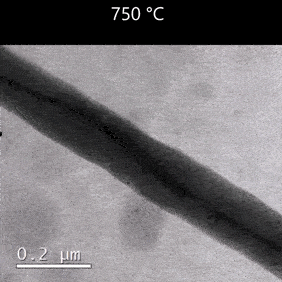
Fuel Cells
Carbon materials decorated with nanoparticles can be used for low-temperature fuel cell applications. In situ annealing using the Fusion AX holder can resolve and quantitatively analyze the dynamics of Pt nanoparticles.
Hodnik, N. et al. (2020) ACS App. Nano Mater., 3, 9880–9888
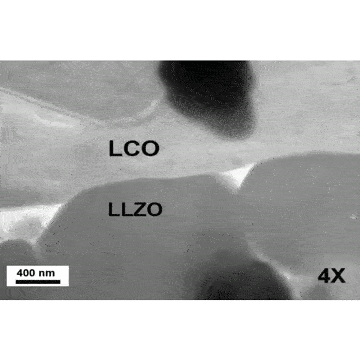
Solid-State Batteries
Lithium based solid-state batteries are attractive next generation storage devices because of their high energy densities, long cycle lives, and high operational voltages. In this research the Fusion AX system was used to investigate the lithiation and delithation process at various capacities.
Hou, A. et al. (2023), Adv. Science, 10, 2205012
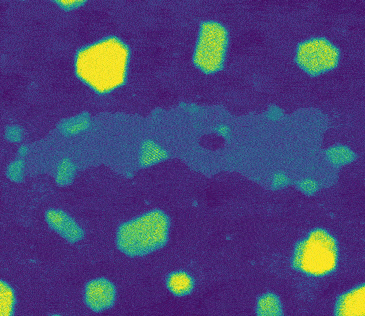
2D Materials
Atomically thin 2D materials are finding their way to a number of applications due to their diverse electronic properties as semiconductors, metals, and superconductors. Fusion AX heating allows to investigate the formation and restructuring of such materials. In this case 2D MoS2 monolayers were transformed into 3D nanocrystals on a graphene coated chip in situ.
Inani, H. et al. (2021), Adv. Funct. Mater., 2008395, 1–9
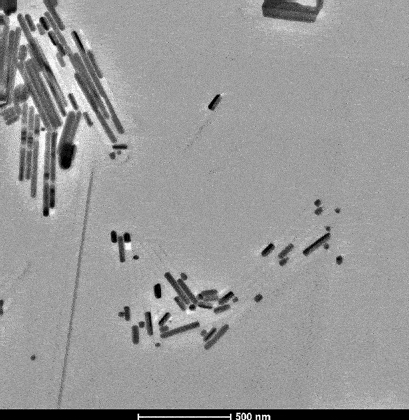
Fundamental Materials Science
The Fusion AX system can be used to visualize a large variety of particle synthesis, alloying, morphology changes and other fundamental research questions. In the example on the left binary metallic nanocrystals were heated to observe the sublimation behavior between Au and Ag.
He, L.-B. et al. (2023), Nanoscale Adv., 5, 685–692
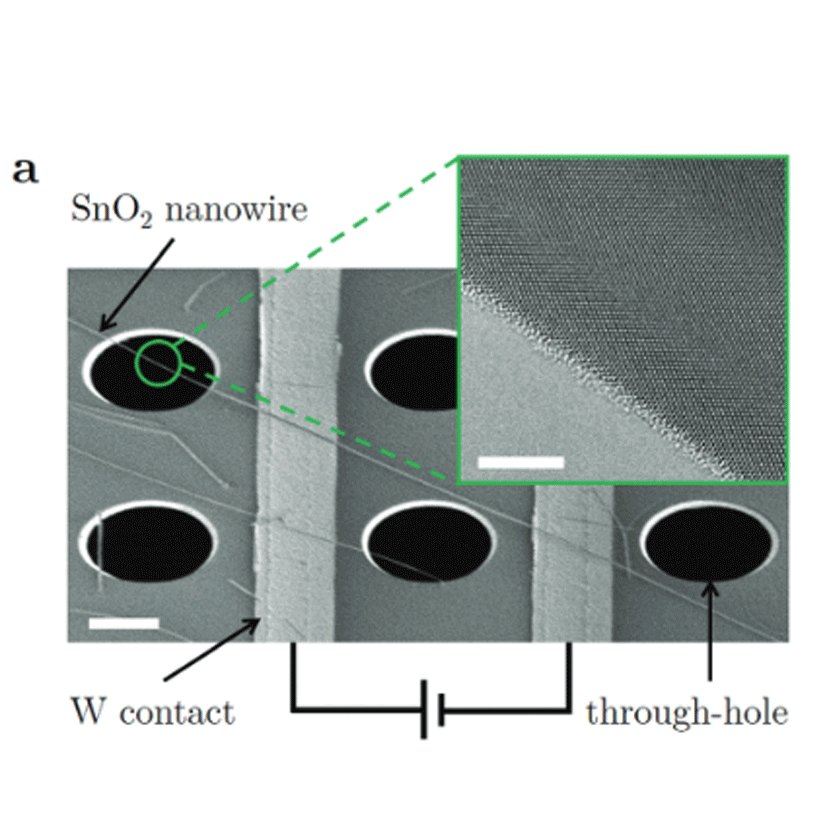
Gas Sensors
The Fusion AX system can be operated in environmental TEM environments to test materials that can be used for gas sensing applications. The E-chips are then created with a specialized closed loop calibration file made specifically for E-TEM or ex-situ experiments.
Steinhauer, S. et al. (2017), Nanoscale, 9, 7380–7384
Semiconductors
To produce good semiconductors, a material needs to have low resistivity and a low formation temperature. Materials such as metal silicides have these properties and are therefore widely researched. On the left side, NiSi materials were investigated to observe dynamic behaviors at annealing temperatures.
Hou, A.-Y. et al. (2021), Appl. Surf. Science, 538, 148129
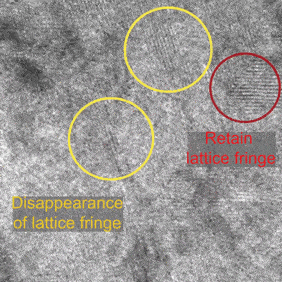
Solar Cells
Solar cells have been one of the resources that can help with the clean energy generation to displace fossil fuels. Organic-inorganic hybrid perovskite solar cells have been researched for their high power conversion efficiency. The solar cell materials can be investigated under continuous bias using electron microscopy to observe amorphization.
Kim, M. et al. (2021), ACS Energy Lett., 6, 3530–3537
TEM Processing Software: AXON Studio
AXON Studio is an intuitive processing software for managing, reviewing, analyzing and publishing TEM images and metadata in your office or workspace. The software can be downloaded free of charge and operates by linking the TEM and in situ data to your images. AXON Studio can be used to plot, filter and publish videos, images and raw data. The AXON Studio software works hand-in-hand with the AXON Synchronicity TEM software which is linked to the microscope. This together forms the AXON platform.
Click here to learn moreTestimonial
“The temperature drift stability of the Fusion holder is really impressive. We were able to perform spectrum imaging continuously for four hours while heating the sample over 500 degrees C, completely hands-off!”
- Dr. Thomas Aarholt, University of Oslo
